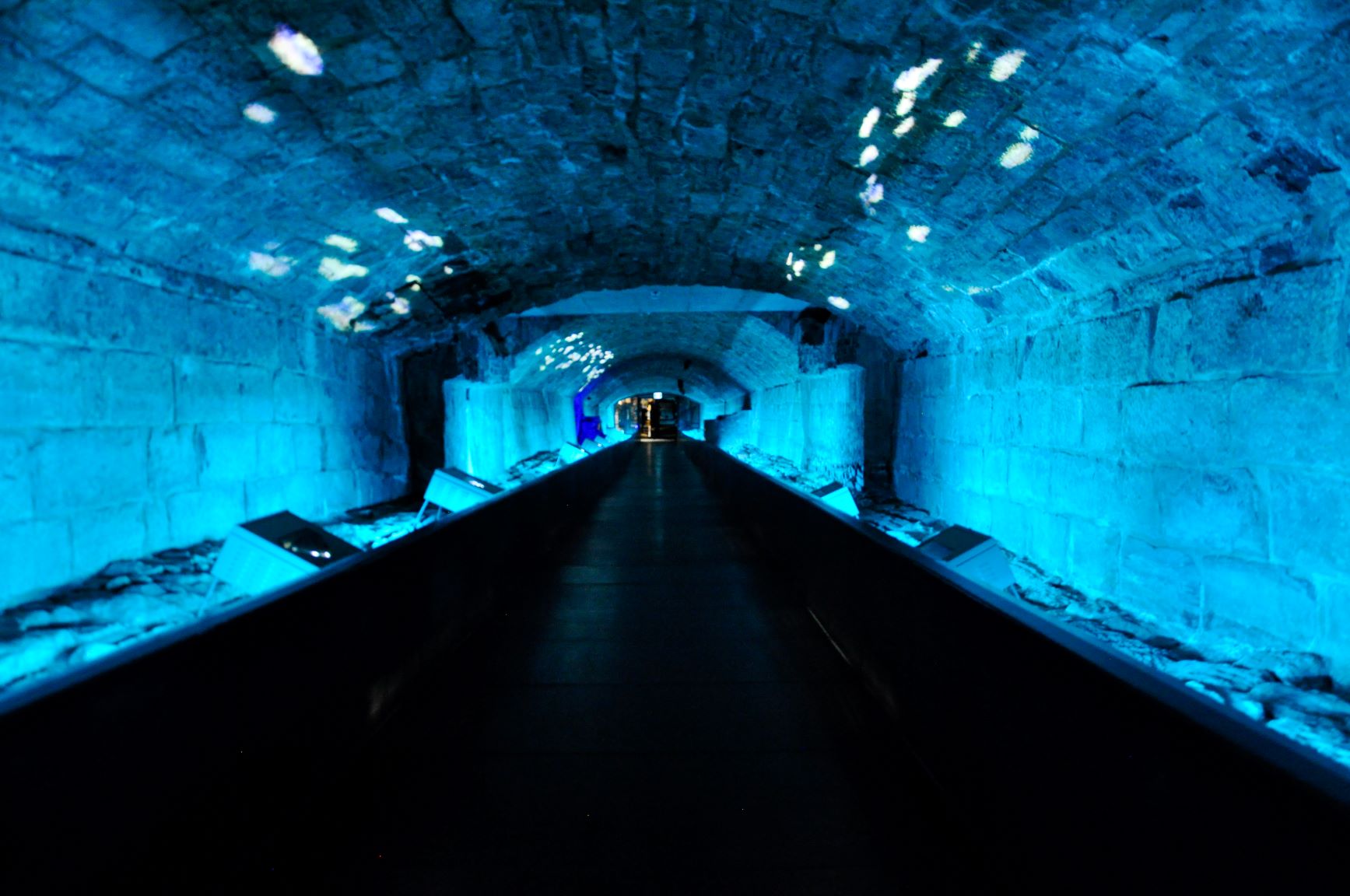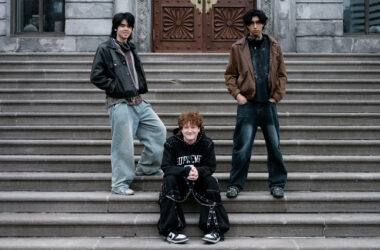Tourists and locals alike usually flock to Old Montreal for its quintessential cobblestone streets, cafés, and boutiques, but anyone hoping to learn more about the history and architectural origins of Montreal should look no further than Pointe-à-Callière. Montreal’s Archaeology and History Complex sits in the heart of Old Montreal. The museum consists of seven buildings and structures on top of authentic historic sites, all of which tell stories about the origins of Montreal.
What most distinguishes Pointe-à-Callière from other history museums is its modern approach to design. The museum draws upon multimedia and modern technology to engage visitors and bring history to life. With authentic archaeological digs as the foundation for the complex, visitors can walk through these sites or view them from above through transparent glass floors.
Pointe-à-Callière’s permanent exhibitions focus primarily on the history of Montreal. The very first exhibit, “Generations Montreal,” is a fast-paced multimedia show that provides an immersive glimpse into the history and birthplace of Montreal. The show was internationally recognized as an immersive live experience at the 2019 Muse Creative Awards.
“Memory Collector” is an underground light installation projected onto the stone walls of North America’s first collector sewer, and was a feat of civil engineering and urban infrastructure when it was first built in Montreal in the 1830s. “Where Montreal Began,” a newer exhibit, is a sleek, interactive design studio built over the very first settlement in Montreal, Fort Ville-Marie. The space is designed to pay tribute to the pioneers of the colony and their desire to establish a new society. Visitors can place their hands on shapes along a wall and see the names of the people who played a role in founding Montreal appear. In another room, a map and guide outlines a brief history of First Nations villages, but Indigenous history and culture is otherwise largely missing from the overall narrative of the museum, as settler-colonial interactions are discussed in mainly Eurocentric terms.
“Building Montreal,” another permanent exhibition, highlights key moments in the timeline of Montreal’s history from 1350 to the present. Finally, “Crossroads Montreal,” the last permanent exhibition, begins in the ruins of Ville-Marie’s first Catholic cemetery, dating back to 1643, and continues onward from there. Archaeological traces help to guide the history of the site, beginning with the Indigenous peoples and ending in the 19th century.
In addition to the permanent exhibitions, the museum also presents three to four temporary exhibits every year. “Dinner is Served! The Story of French Cuisine” delves into the history of France’s culinary culture, and “Into the Wonder Room” brings together objects from the collections of the Musée des Confluences in Lyon, France, as well as hundreds of items from museum collections across Quebec and Canada and from private collectors.
Starting on Nov. 27, a new exhibit called “The Incas, Treasures of Peru” will be on display, which explores the world of the Inca and Andean culture from prehistory to the contemporary era. In the style of Pointe-à-Callière’s other exhibitions, “Treasures of Peru” is set to include immersive projections, authentic architectural elements, and a model of a contemporary market.
Though the museum primarily lays the foundation for the story of Montreal’s history from a settler-colonialist perspective, the complex nonetheless provides a starting point for visitors to discover the history of the city. Montreal has a rich history, and Pointe-à-Callière has uniquely allowed archaeological traces of Montreal’s birthplace to become accessible to the public.









